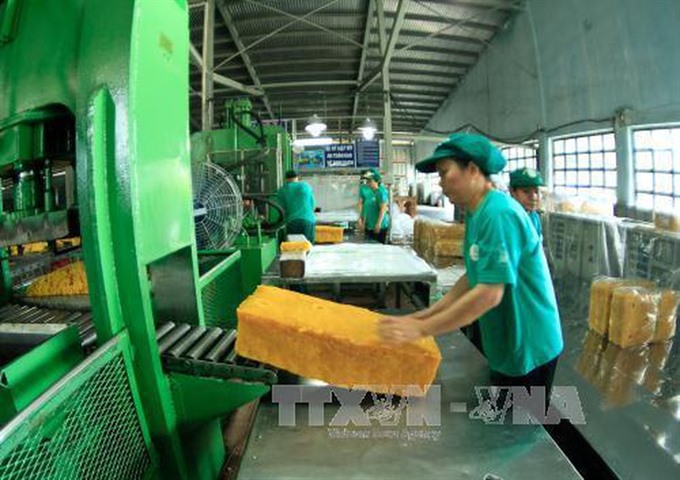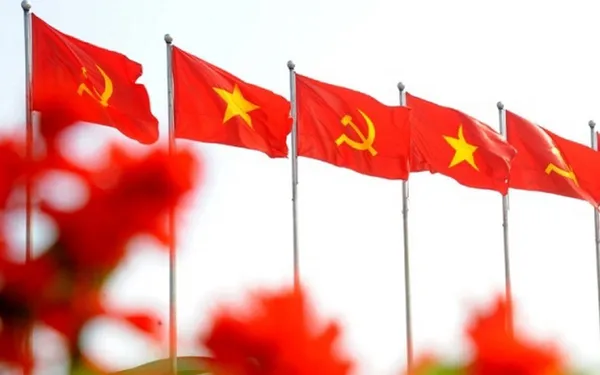 Economy
Economy

Natural rubber export prices have been falling since the second half of 2017, which has led to revised business plans for 2019.
 |
| Vietnamese rubber enterprises are revising their business plans for 2019 as natural rubber prices have been falling since the second half of 2017. — VNA/VNS Photo |
HCM CITY — Natural rubber export prices have been falling since the second half of 2017, which has led to revised business plans for 2019.
Last year, the country exported 1.58 million tonnes of rubber, worth US$2.1 billion, an increase of 14.5 per cent in quantity but a drop of 6.6 per cent in value compared with the same period in 2017.
Rubber prices now stand at about $1,335 per tonne, a drop of 18 per cent compared with 2017.
China is the largest importer of Vietnamese natural rubber (65.3 per cent of total exports), and a key importer of rubber materials from Việt Nam.
About 70 per cent of China’s import volume is used to produce tyres.
Because of the US-China trade war, Việt Nam’s most affected export sectors are computers, furniture, automobile products and automobile tyres. Chinese products exported to the US that are related to Việt Nam’s rubber industry are also likely to be affected.
Rubber exports are expected to be low in the first quarter of the year because of the Chinese market slowdown.
In addition, the uneven quality of rubber products at Vietnamese factories make them cheaper than those from other countries, according to industry insiders.
Việt Nam mainly exports raw rubber with a low value, and imports a large number of rubber products for deep processing as the production of local rubber has not met the demand of domestic manufacturers.
To resolve the trade balance in rubber imports and exports, and to create an abundant supply of rubber materials for domestic production, the rubber industry has been advised to shift its products toward creating higher added value.
The rubber sector also needs to improve the quality and value of its products through the use of advanced technology in production, while expanding export markets and boosting trade promotions, experts said.
Việt Nam is one of the biggest rubber exporters in the world, with products exported to 128 nations and territories.
A report from the Việt Nam Rubber Association said that by the end of 2017 the country had 971,600ha of rubber trees, with a yield of over 1.08 million tonnes, accounting for 8.3 per cent of the total world yield. — VNS




